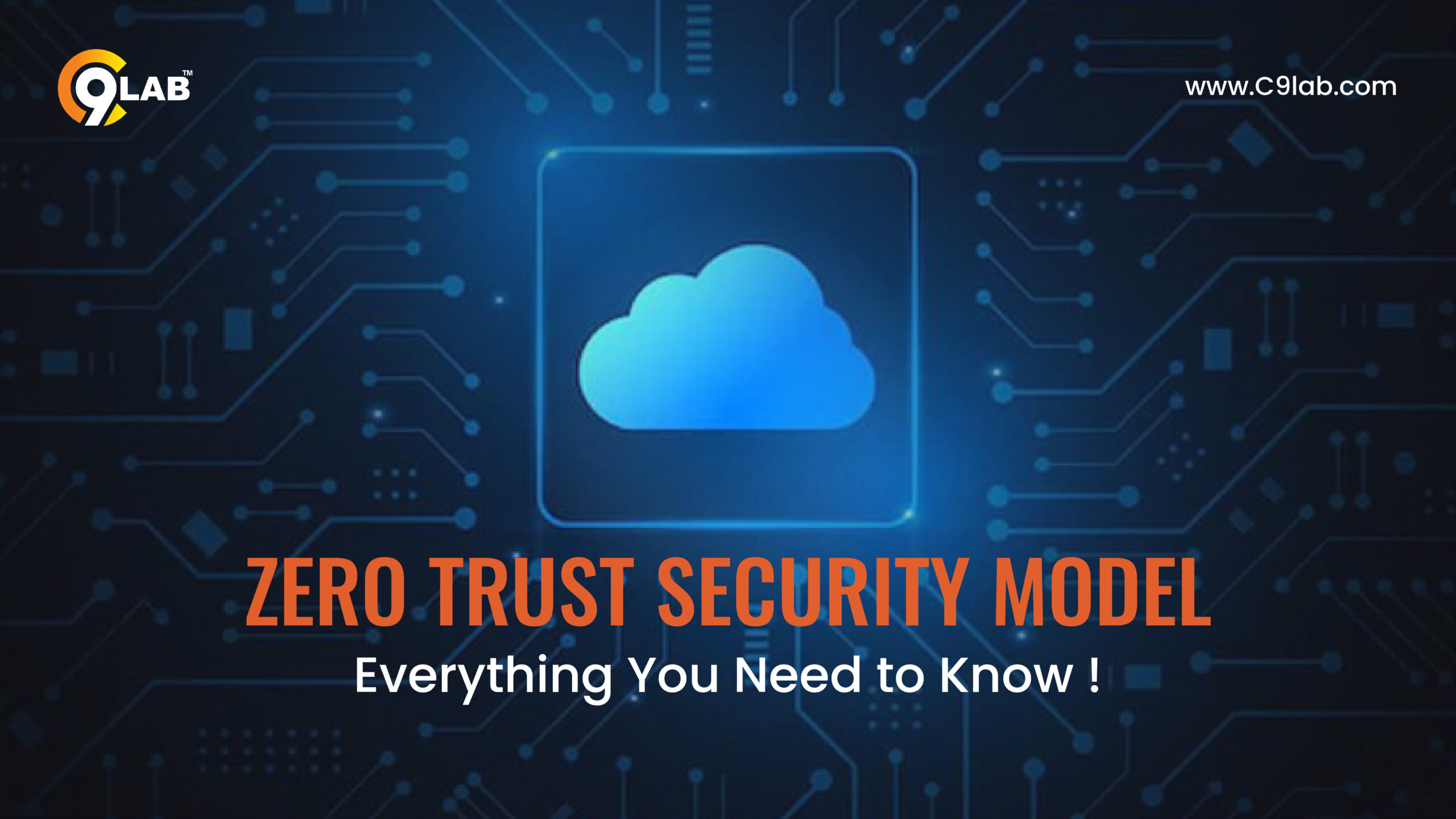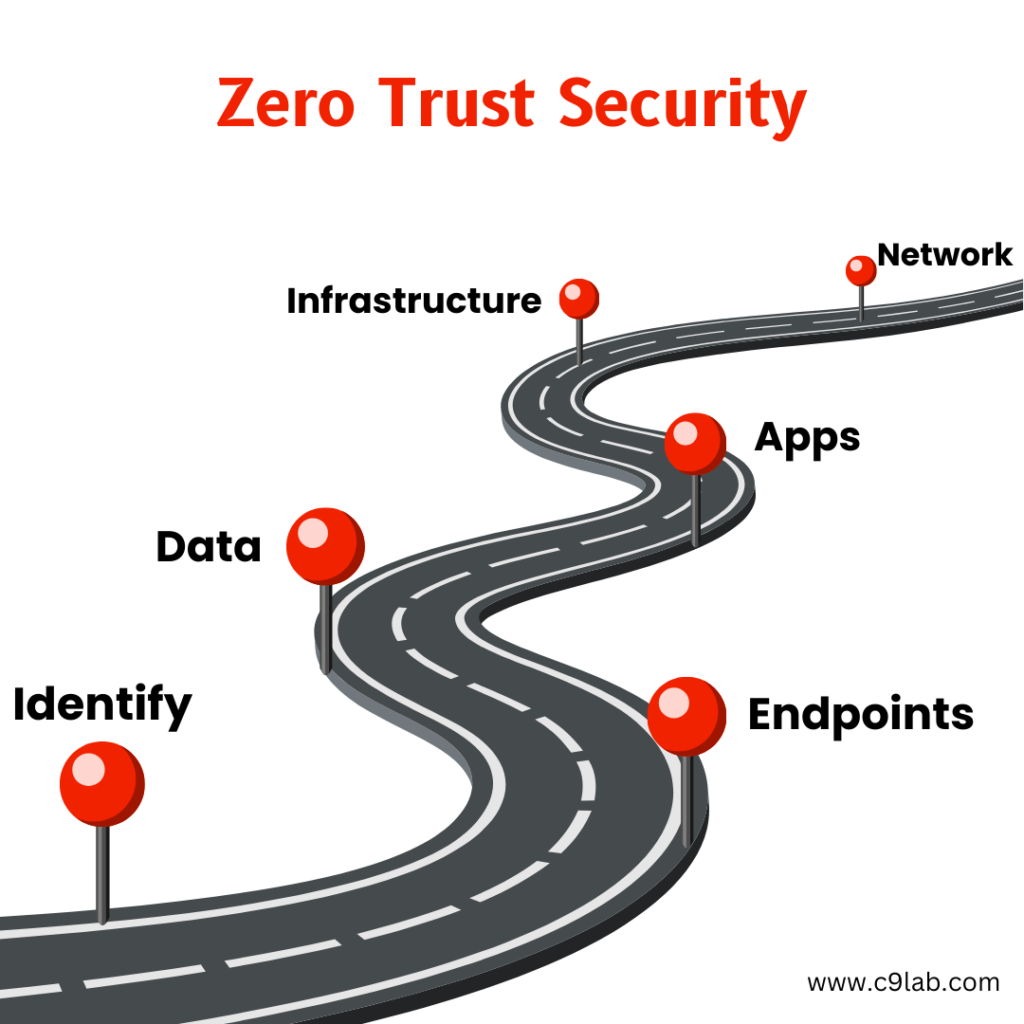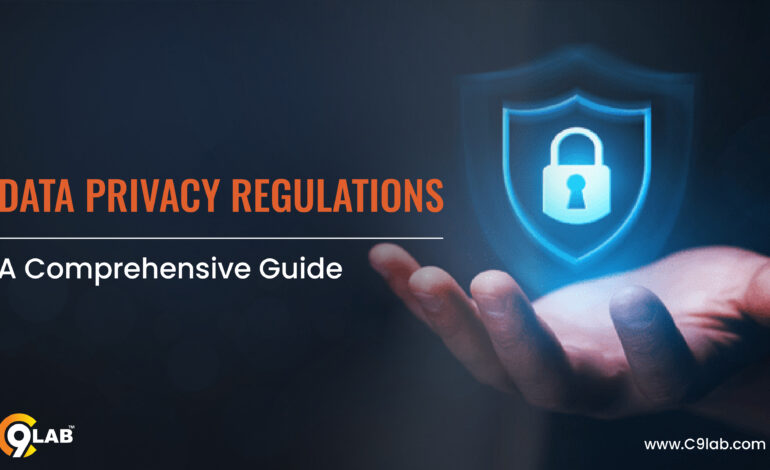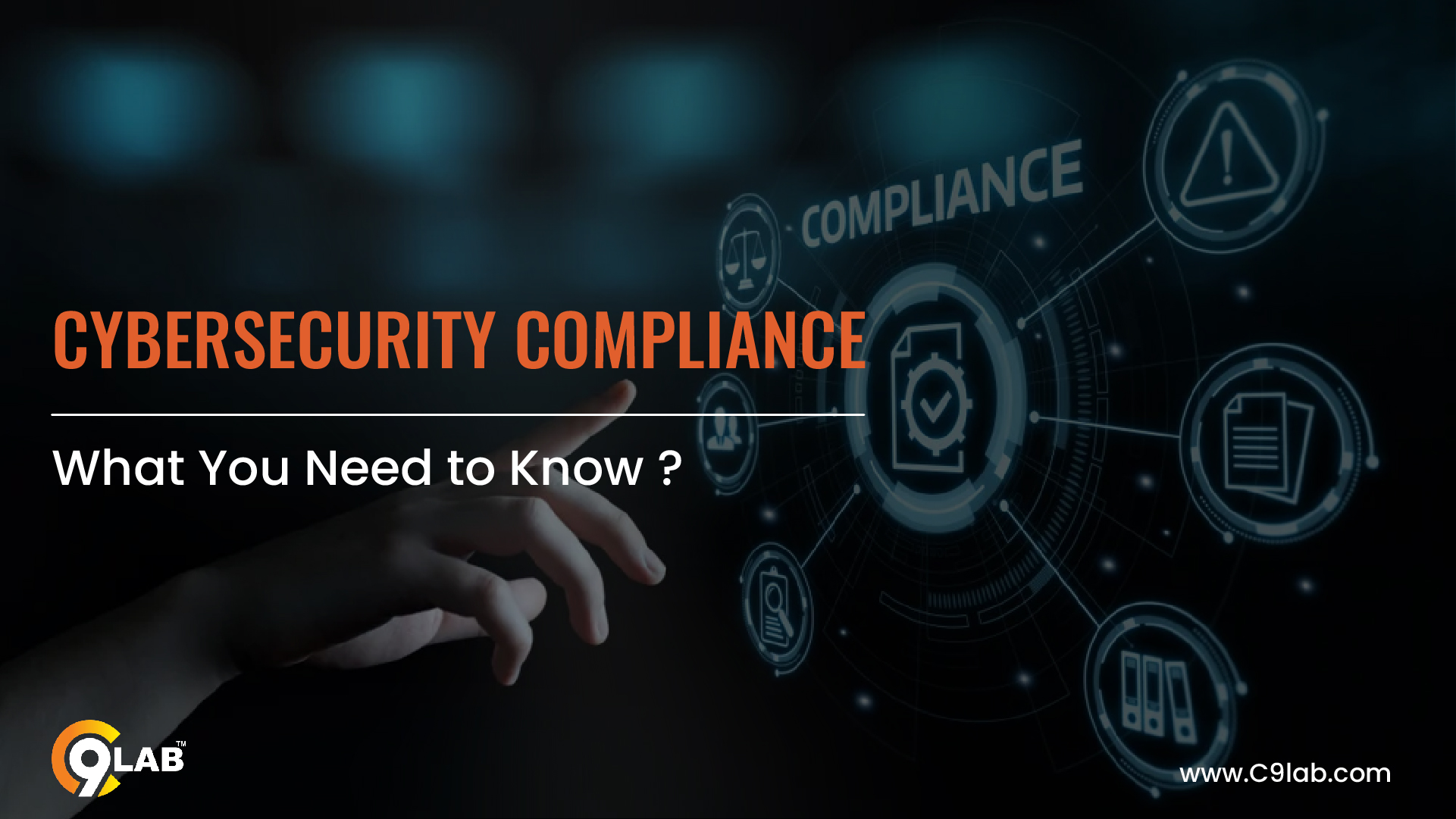
Understanding Zero Trust Security Model
Table of Contents
Introduction to Zero Trust Security Model
As cyber threats become more sophisticated, traditional security models that rely on perimeter defenses are no longer sufficient. The Zero Trust Security Model has emerged as a robust approach to securing modern networks, emphasizing the principle of “never trust, always verify.” This guide will delve into the Zero Trust Security Model, its architecture, and the core principles that make it an essential strategy for organizations today.
What is the Zero Trust Security Model?
The Zero Trust Security Model is a comprehensive approach to cybersecurity that assumes no entity, whether inside or outside the network, should be trusted by default. Instead, every access request is verified based on the principle of least privilege, ensuring that only authorized users and devices can access specific resources. This model is particularly effective in protecting against advanced persistent threats (APTs) and insider threats.
Key Principles of the Zero Trust Security Model

To effectively implement a Zero Trust Security Model, organizations must adhere to several core principles that guide its architecture and operations.
1. Verify Explicitly
The foundation of the Zero Trust Security Model is the principle of verifying every access request explicitly. This means that all users, devices, and applications must be authenticated and authorized before being granted access to resources. Verification involves checking multiple factors, including user identity, device status, and the security posture of the connection.

Verification Best Practices:
- Implement Multi-Factor Authentication (MFA) to add an extra layer of security.
- Use identity and access management (IAM) solutions to enforce role-based access control (RBAC).
- Continuously monitor user activity and behavior to detect anomalies.
2. Implement Least Privilege Access
The principle of least privilege requires that users and devices have the minimum level of access necessary to perform their tasks. This minimizes the risk of unauthorized access and limits the potential damage of a security breach.
Least Privilege Best Practices:
- Use role-based access controls (RBAC) to assign permissions based on job roles.
- Regularly review and update access permissions to reflect current job responsibilities.
- Apply just-in-time (JIT) access controls to grant temporary access when necessary.
3. Assume Breach
The Zero Trust Security Model operates on the assumption that a breach has already occurred or could happen at any time. This mindset drives organizations to continuously monitor and validate all access requests, ensuring that they can quickly detect and respond to potential threats.
Assume Breach Best Practices:
- Deploy advanced threat detection tools, such as C9Lab’s C9Eye, which provide real-time monitoring and alerting.
- Implement network segmentation to contain breaches and prevent lateral movement within the network.
- Regularly conduct penetration testing and vulnerability assessments to identify and address weaknesses.
4. Micro-Segmentation
Micro-segmentation is a key component of the Zero Trust Security Model. It involves dividing the network into smaller, isolated segments, each with its own security controls. This approach limits the ability of attackers to move laterally within the network and helps contain breaches.
Micro-Segmentation Best Practices:
- Use software-defined networking (SDN) to create flexible and scalable micro-segments.
- Apply granular security policies to each segment based on the sensitivity of the data it contains.
- Continuously monitor traffic between segments for signs of unauthorized access.
5. Secure Access to Applications
The Zero Trust Security Model emphasizes securing access to applications, regardless of whether they are hosted on-premises or in the cloud. This involves ensuring that only authenticated users with the appropriate permissions can access specific applications.
Application Security Best Practices:
- Implement secure access gateways, such as C9Lab’s QSafe, to protect web applications from unauthorized access and attacks.
- Use API security measures to protect application interfaces from exploitation.
- Regularly update and patch applications to address security vulnerabilities.
Zero Trust Architecture: Building Blocks
The architecture of a Zero Trust Security Model consists of several key components that work together to enforce the principles of Zero Trust. Understanding these building blocks is essential for effectively implementing Zero Trust in your organization.
1. Identity and Access Management (IAM)
IAM is the core component of Zero Trust Architecture. It manages user identities and controls access to resources based on defined policies. IAM solutions integrate with other security tools to ensure that only authenticated and authorized users can access specific resources.
2. Security Information and Event Management (SIEM)
SIEM systems collect and analyze security data from various sources within the network. They provide real-time insights into security events and help detect potential threats, making them a critical part of the Zero Trust strategy.
3. Endpoint Security
Endpoints, such as laptops, mobile devices, and IoT devices, are often the target of cyberattacks. Endpoint security solutions, like those offered by C9Lab, ensure that these devices are secure and compliant with security policies before they can access the network.
4. Data Encryption
Data encryption is essential for protecting sensitive information both at rest and in transit. In a Zero Trust Architecture, encryption is applied at multiple levels to ensure that data remains secure even if it is intercepted.
5. Threat Intelligence
Threat intelligence provides insights into potential cyber threats, enabling organizations to proactively defend against attacks. Integrating threat intelligence with other security tools enhances the effectiveness of the Zero Trust strategy.
Implementing Zero Trust: Practical Steps
Adopting a Zero Trust Security Model requires careful planning and execution. Here are practical steps to help your organization implement Zero Trust effectively:
- Assess Your Current Security Posture: Begin by evaluating your existing security infrastructure and identifying areas where Zero Trust principles can be applied.
- Develop a Zero Trust Roadmap: Create a detailed plan that outlines how you will implement Zero Trust across your organization. This should include timelines, resource allocation, and key milestones.
- Invest in the Right Tools: Leverage security solutions that support Zero Trust principles, such as those offered by C9Lab. Ensure these tools integrate seamlessly with your existing infrastructure.
- Educate Your Workforce: Training employees on Zero Trust principles is crucial for successful implementation. Ensure that everyone understands the importance of verifying access and adhering to security policies.
- Monitor and Adjust: Continuously monitor the effectiveness of your Zero Trust implementation and make adjustments as needed. Regularly update your security policies to address new threats and challenges.
Conclusion
The Zero Trust Security Model is a powerful framework for securing modern networks against advanced cyber threats. By adhering to the core principles of Zero Trust and implementing a robust Zero Trust Architecture, organizations can protect their critical assets, minimize risk, and stay ahead of evolving threats. Leveraging tools and solutions like those from C9Lab can further enhance your Zero Trust strategy, ensuring comprehensive protection in today’s complex threat landscape.
FAQs
1. What is the Zero Trust Security Model?
The Zero Trust Security Model is a cybersecurity approach that assumes no entity should be trusted by default, requiring verification for every access request to ensure security.
2. How does micro-segmentation enhance security in a Zero Trust Architecture?
Micro-segmentation divides the network into smaller segments, each with its own security controls, limiting the ability of attackers to move laterally within the network and helping to contain breaches.
3. What role does IAM play in a Zero Trust Security Model?
Identity and Access Management (IAM) is central to Zero Trust Architecture, managing user identities and enforcing access controls based on the principle of least privilege.
4. Why is it important to assume a breach in the Zero Trust Security Model?
Assuming a breach drives continuous monitoring and validation of access requests, enabling rapid detection and response to potential threats, which is essential for maintaining security.
5. How does C9Lab support the implementation of a Zero Trust Security Model?
C9Lab offers advanced security solutions, including endpoint security, threat detection, and secure access gateways, that align with Zero Trust principles to enhance overall cybersecurity.
Keep your business safe and informed with the latest cybersecurity news, insights, and expert tips.
📬 Subscribe to Our Newsletter: Cyber Briefs






2 Comments
Simply want to say your article is as astonishing. The clearness in your post is simply nice and i can assume you are an expert on this subject. Fine with your permission let me to grab your feed to keep up to date with forthcoming post. Thanks a million and please carry on the rewarding work.
Thank you so much for your kind words! We’re thrilled to hear that you enjoyed the article and found it helpful. We’d be happy for you to subscribe to our feed and stay updated with future posts! Your support means a lot, and we’ll definitely keep working hard to provide valuable content. Thanks again, and we look forward to connecting with you more! 😊